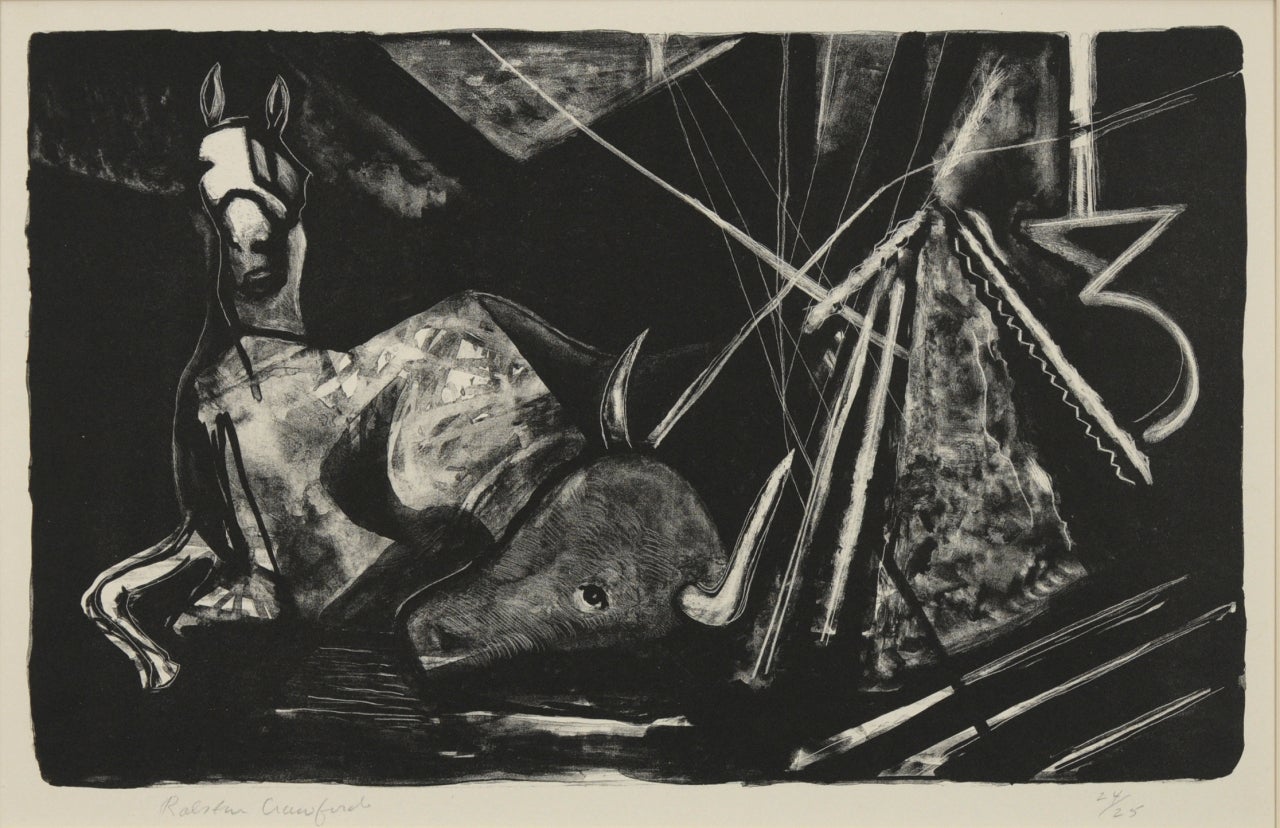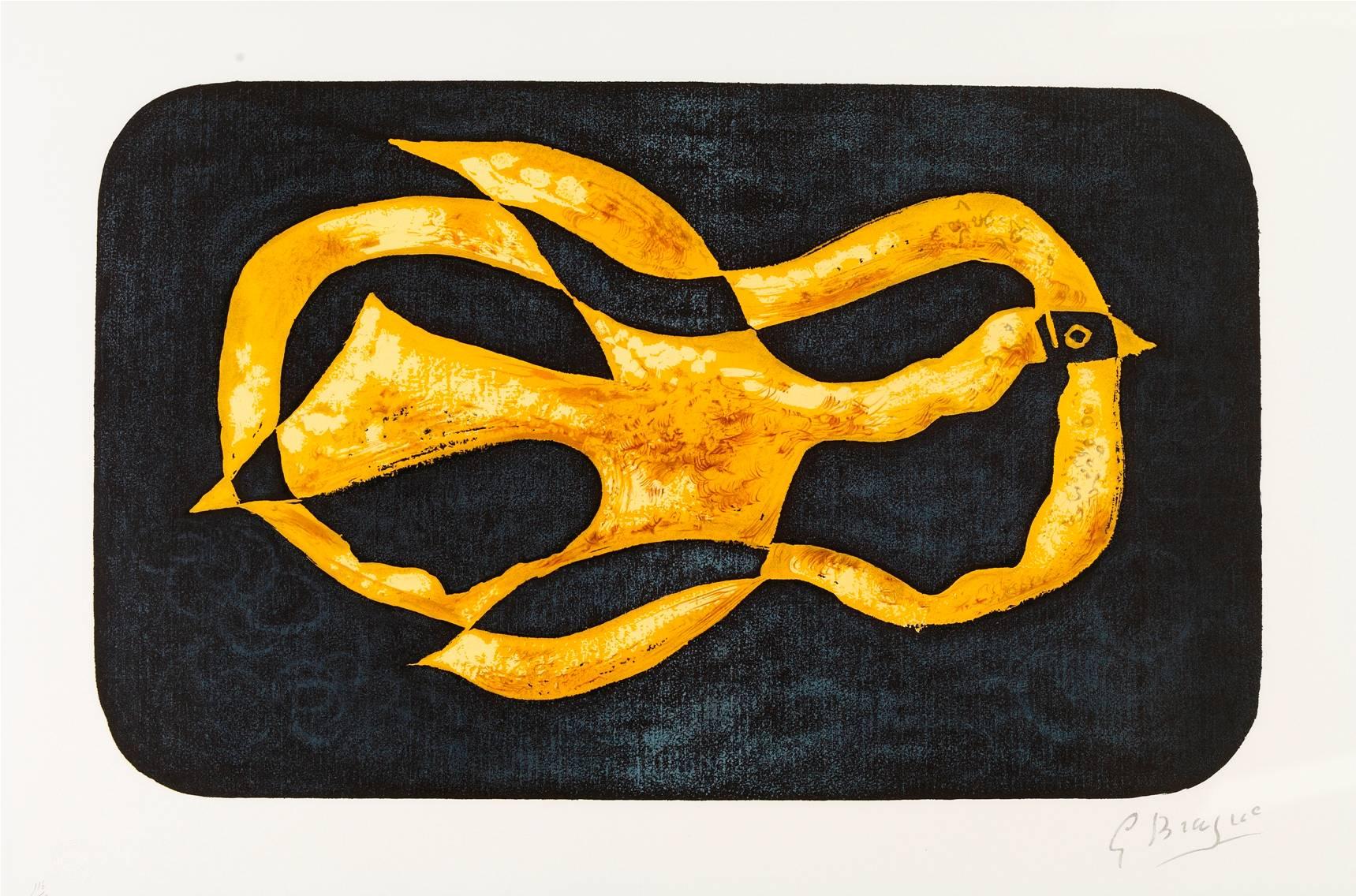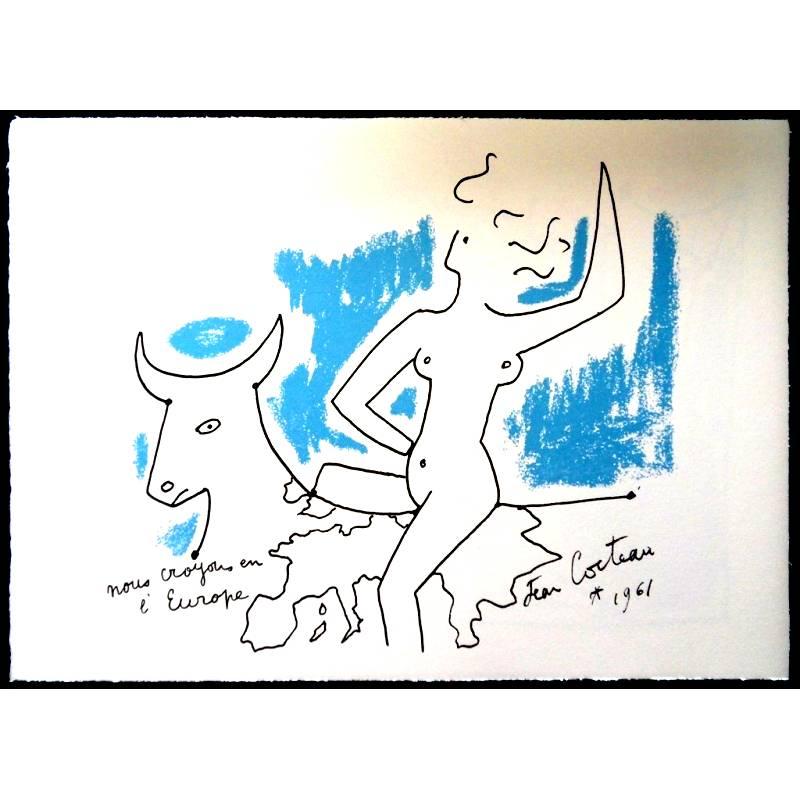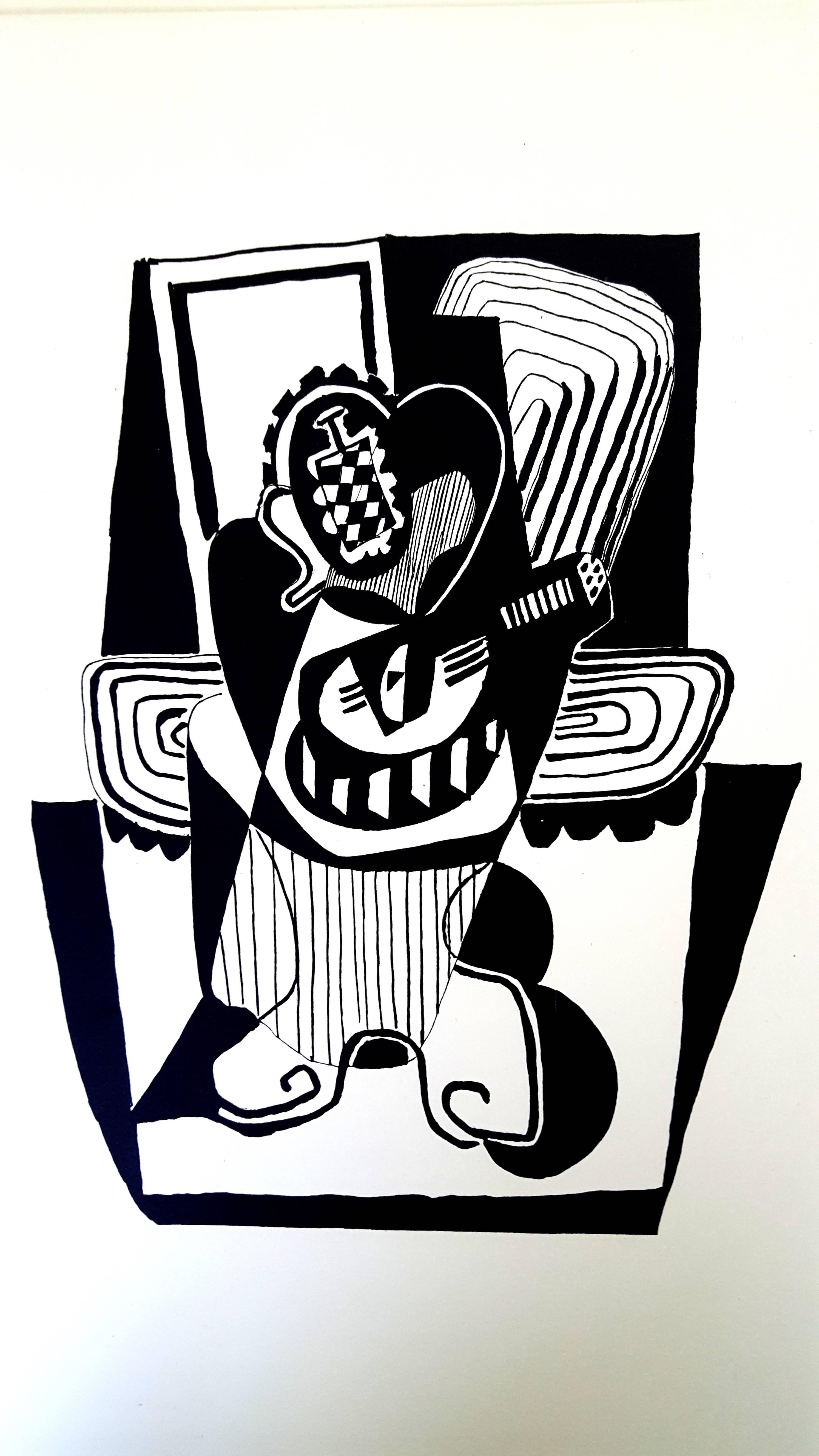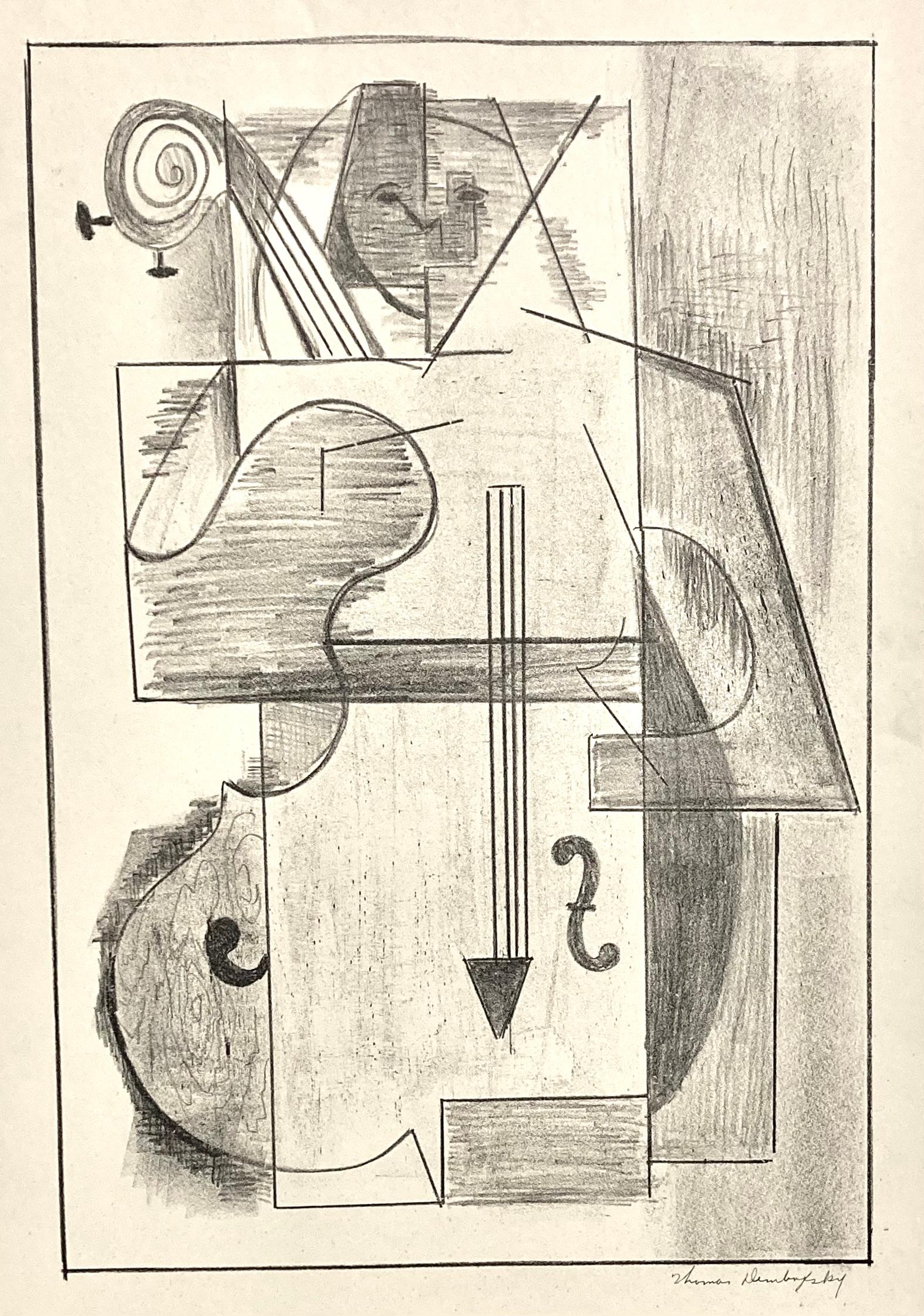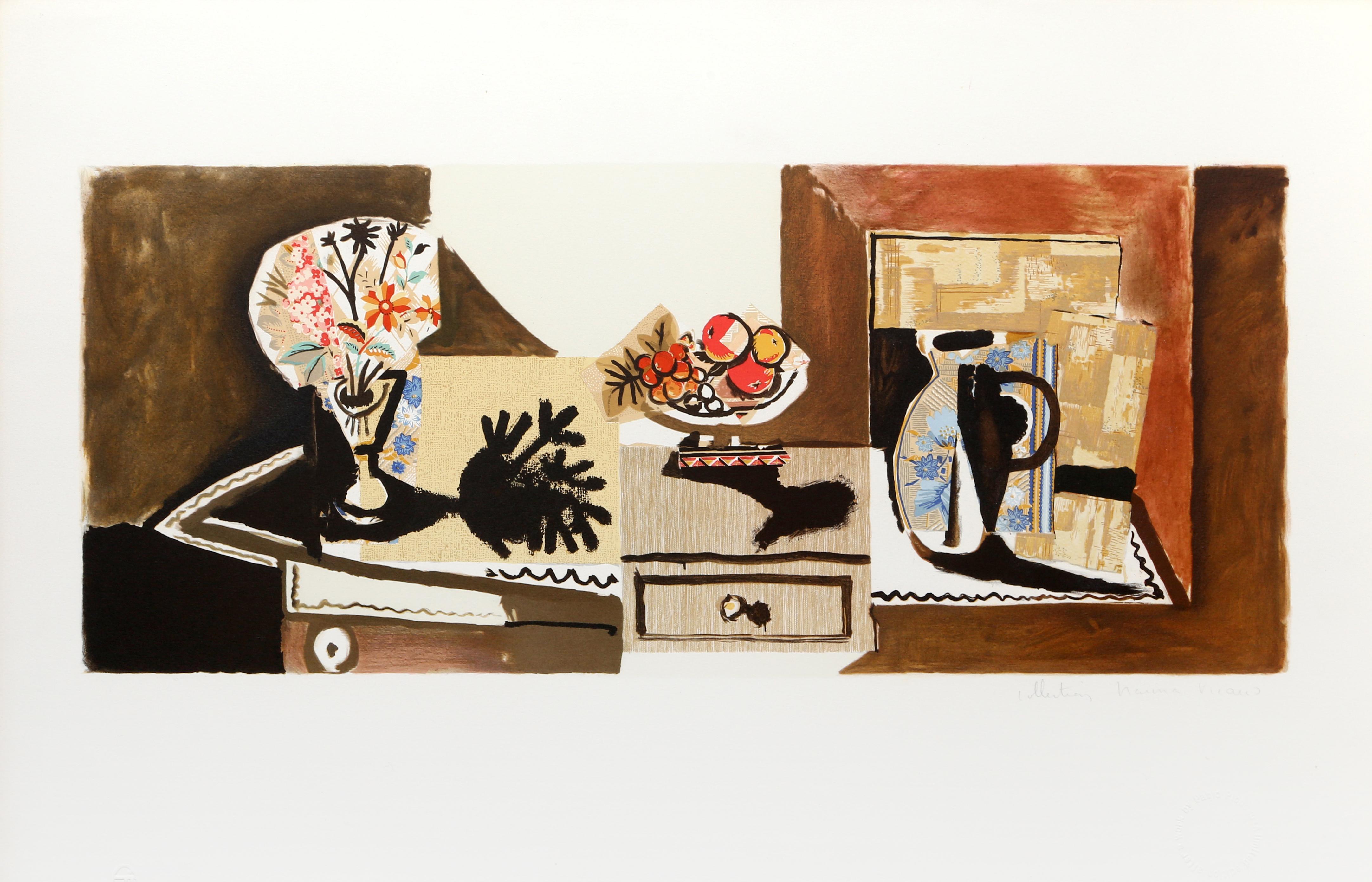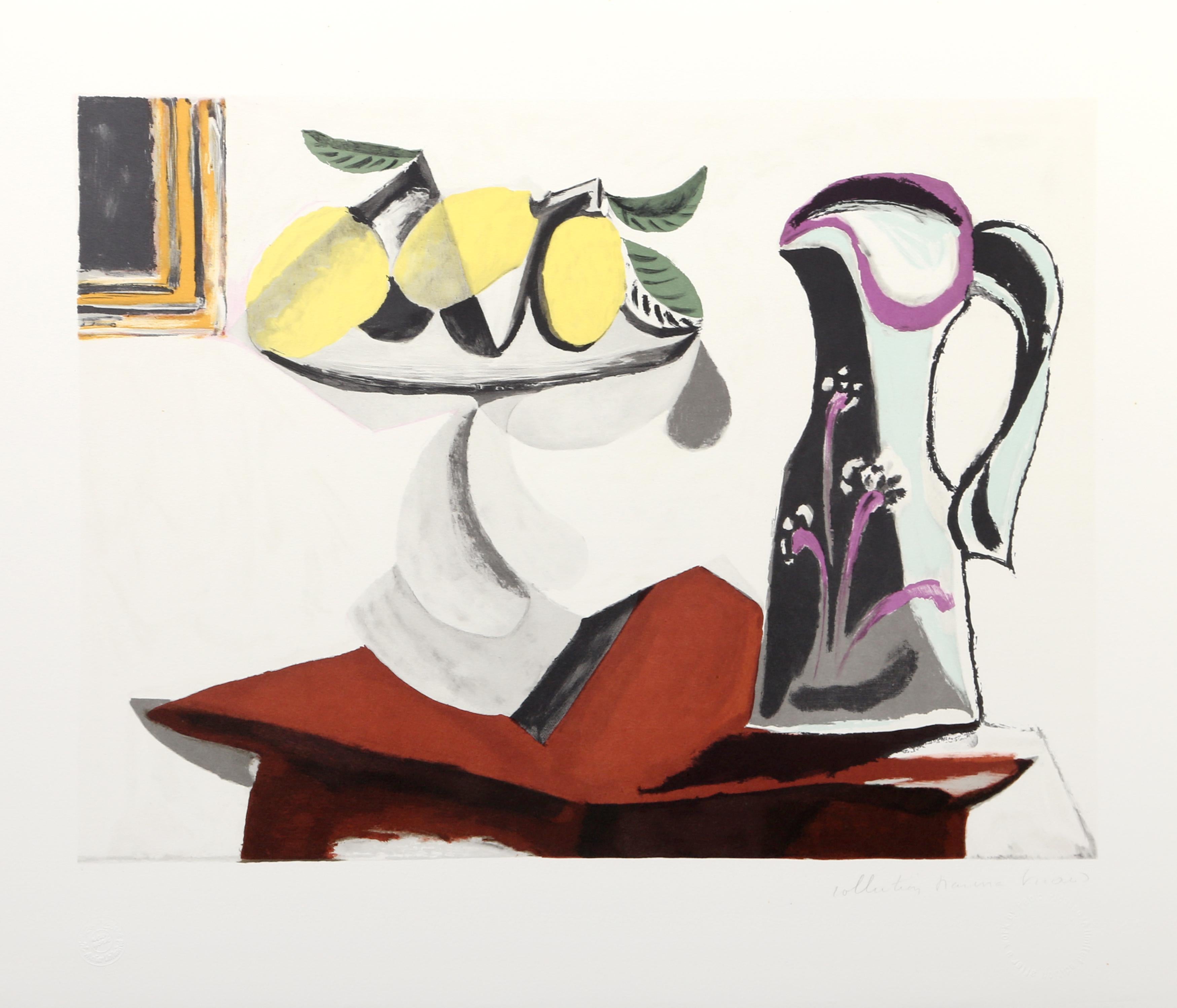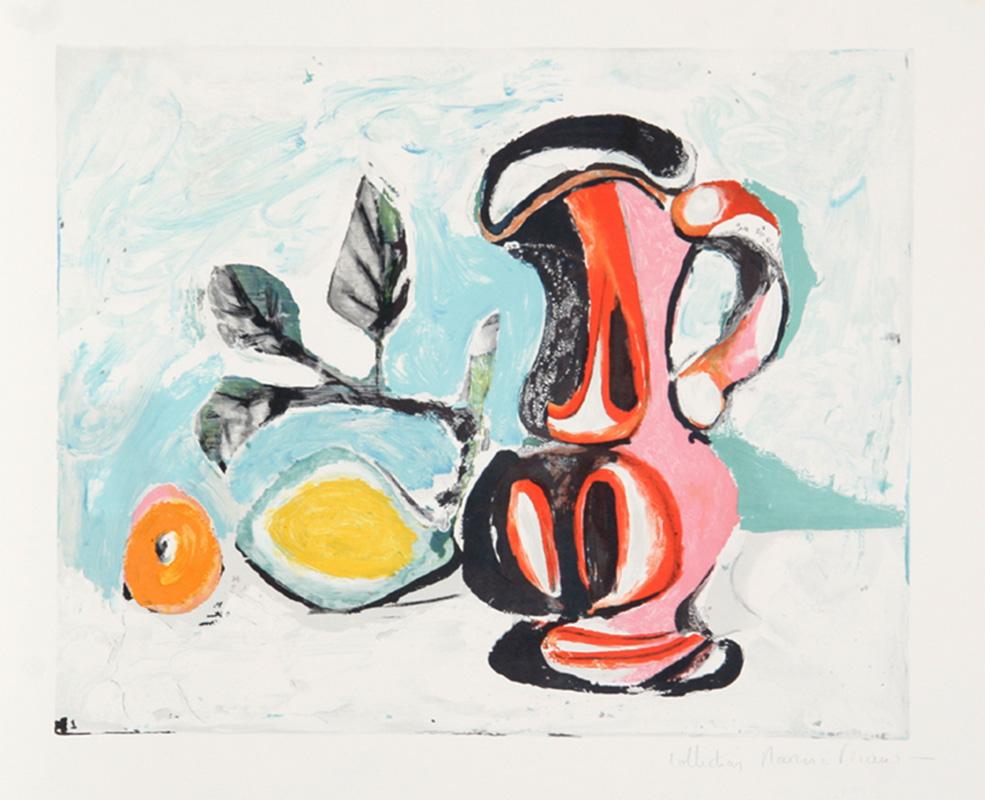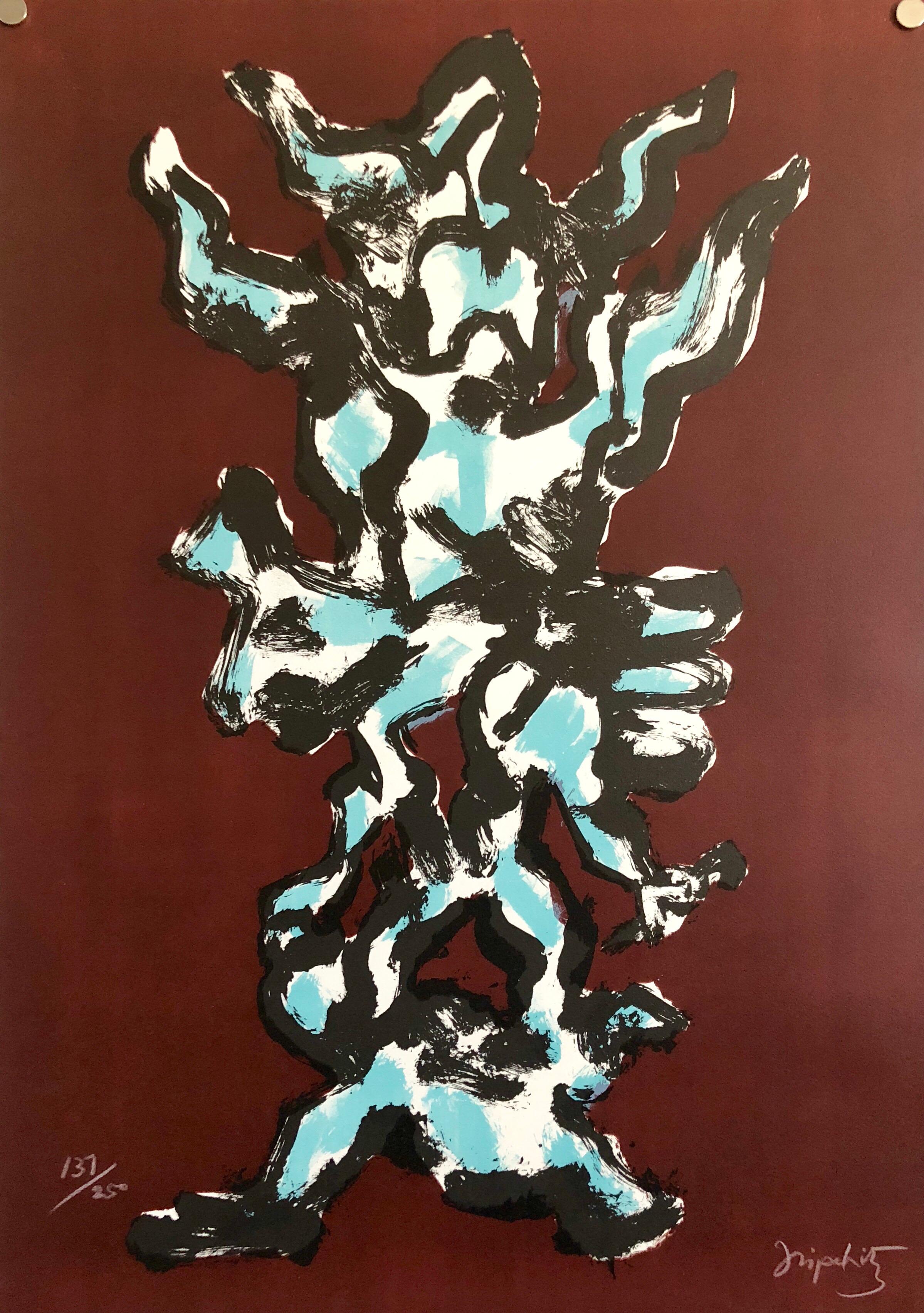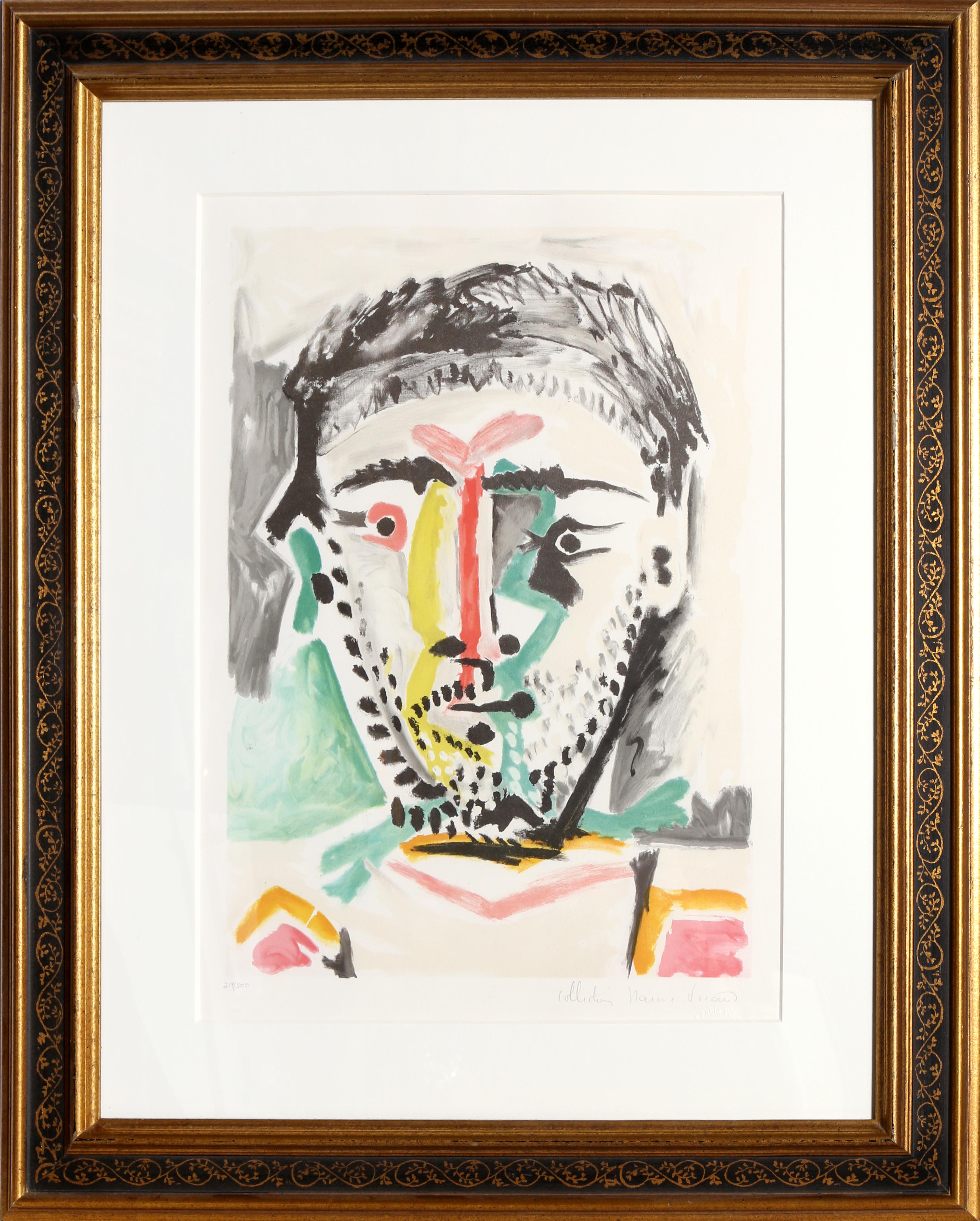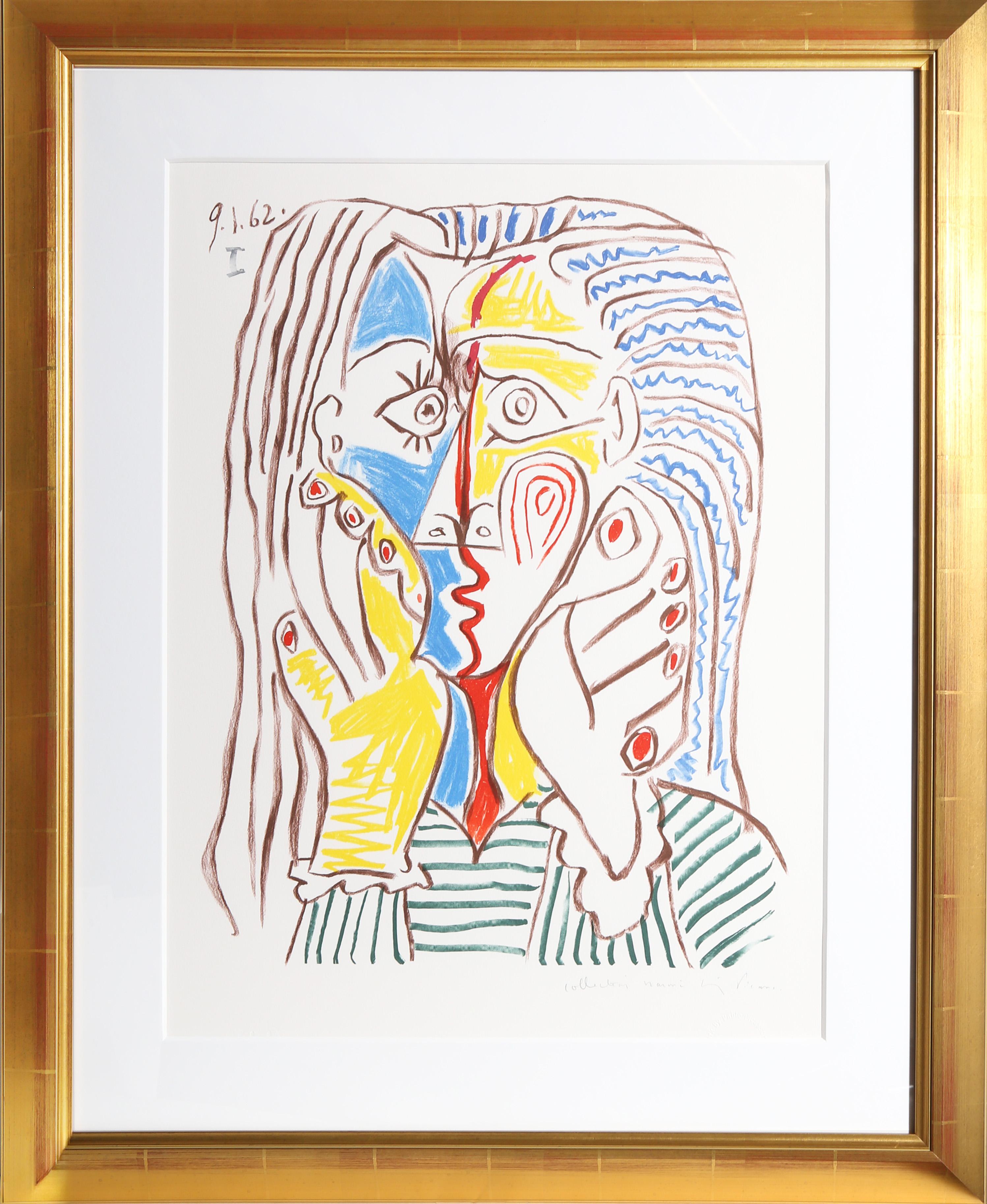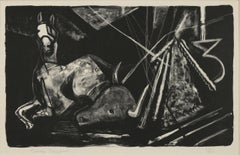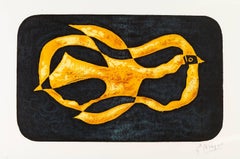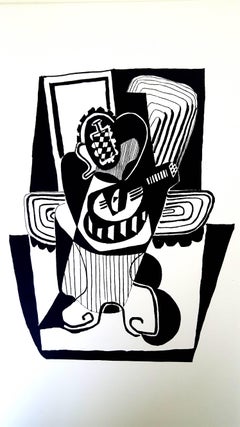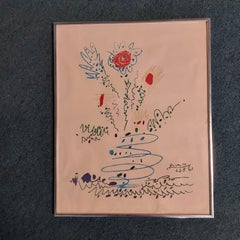
PABLO PICASSO PRINT Flower 1961
View Similar Items
Want more images or videos?
Request additional images or videos from the seller
1 of 9
PABLO PICASSO PRINT Flower 19611961
1961
About the Item
- Creation Year:1961
- Dimensions:Height: 25 in (63.5 cm)Width: 20 in (50.8 cm)Depth: 1 in (2.54 cm)
- Medium:
- Movement & Style:
- After:Pablo Picasso (1881-1973, Spanish)
- Period:
- Condition:
- Gallery Location:Pasadena, CA
- Reference Number:1stDibs: LU40638285892
About the Seller
4.9
Vetted Professional Seller
Every seller passes strict standards for authenticity and reliability
Established in 1986
1stDibs seller since 2016
213 sales on 1stDibs
Typical response time: 6 hours
Authenticity Guarantee
In the unlikely event there’s an issue with an item’s authenticity, contact us within 1 year for a full refund. DetailsMoney-Back Guarantee
If your item is not as described, is damaged in transit, or does not arrive, contact us within 7 days for a full refund. Details24-Hour Cancellation
You have a 24-hour grace period in which to reconsider your purchase, with no questions asked.Vetted Professional Sellers
Our world-class sellers must adhere to strict standards for service and quality, maintaining the integrity of our listings.Price-Match Guarantee
If you find that a seller listed the same item for a lower price elsewhere, we’ll match it.Trusted Global Delivery
Our best-in-class carrier network provides specialized shipping options worldwide, including custom delivery.More From This Seller
View AllAfter Pablo Picasso - Peace Dove 1 - Lithograph
By Pablo Picasso
Located in Pasadena, CA
After PABLO PICASSO (1881-1973)
Peace Dove 1
1961. Signed in the plate
Edition Succession Picasso, Paris (posthumous reproductive edition)
Editions de la Paix
Pablo Picasso (1881- 1...
Category
1960s Cubist Prints and Multiples
Materials
C Print
$640 Sale Price
20% Off
After Keith Haring, Lithograph, Numbered 95/150
By (after) Keith Haring
Located in Pasadena, CA
After Keith Haring, Limited Edition of 95/150
Artwork lithograph prints by Keith Haring Foundation, numbered with embossed stamp.
The image features the world famous American Pop art...
Category
1980s Pop Art Figurative Prints
Materials
Lithograph
$700 Sale Price
26% Off
Andy Warhol Exhibition Poster, Greta Garbo, Milan 1995
By Andy Warhol
Located in Pasadena, CA
Andy Warhol Greta Garbo Mata Hari Large Poster first expo Italy.
Vintage 1995 Pop Art Poster.
Framed . Exhibition Poster lithograph print custom framed , is an incredibly sp...
Category
Late 20th Century Pop Art Portrait Prints
Materials
Lithograph, Offset, Screen
Signed and numbered 237/750 ithograph "Lady Wellington" by Barbara A Wood
By Barbara A. Wood
Located in Pasadena, CA
Signed and numbered 237/750 lithograph "Lady Wellington" by Barbara A Wood American artist Barbara A. Wood was prone to sickness as a child, and she spent most of her time painting o...
Category
1980s Art Deco Figurative Prints
Materials
Lithograph
$700 Sale Price
22% Off
Lithograph " Still life with Plums "numbered 195/275 and signed by Agostini
By Tony Agostini
Located in Pasadena, CA
Lithograph " Still life with Plums "numbered 195/275 and signed by Agostini
Tony Agostini was a French painter who was born in 1916. Tony Agostini's work has been offered at aucti...
Category
Early 20th Century Modern Figurative Prints
Materials
Lithograph
Chon-Mon-I-Case, an Otto half chief.
Located in Pasadena, CA
History Of The Indian Tribes Of North America, With Biographical Sketches And Anecdotes Of The Principal Chiefs. Embellished With One Hundred And Twenty Portraits, From The Indian Gallery...
Category
Early 20th Century American Realist Figurative Prints
Materials
Lithograph
You May Also Like
Toro and Horse
By Ralston Crawford
Located in Fairlawn, OH
Toro and Horse
Lithograph, 1957
Signed and numbered in pencil by the artist.
Titled in pencil lower left.
Edition: 25 (24/25)
Printer: Ravel, Paris
Reference: Freeman L57.11
'Toro and Horse' was inspired by Spanish bullfighting...
Category
1950s Cubist Prints and Multiples
Materials
Lithograph
After Georges Braque - Antiborée - Lithograph
Located in Collonge Bellerive, Geneve, CH
Lithograph after Georges Braque.
Signed in the plate
Edition of 150
Dimensions: 76 x 117 cm
Bibliography:
« Les Métamorphoses de Braque» of Heger de Loewenfeld and Raphaël de Cuttoli , Editions FAC, Paris, 1989.
In 1961 Georges Braque decided with his laidary friend Heger de Loewenfeld to pick up certain of his works to in order to create artworks, this beautiful litograph is one of them.
Héméra in the Mythology:
In Greek mythology Hemera was the personification of day and one of the Greek primordial deities. She is the goddess of the daytime and, according to Hesiod, the daughter of Erebus and Nyx (the goddess of night). Hemera is remarked upon in Cicero's De Natura Deorum, where it is logically determined that Dies (Hemera) must be a god, if Uranus is a god. The poet Bacchylides states that Nyx and Chronos are the parents, but Hyginus in his preface to the Fabulae mentions Chaos as the mother/father and Nyx as her sister.
She was the female counterpart of her brother and consort, Aether (Light), but neither of them figured actively in myth or cult. Hyginus lists their children as Uranus, Gaia, and Thalassa (the primordial sea goddess), while Hesiod only lists Thalassa as their child.
The father of Cubism
Three Cubist that distinguishes art historian periods were initiated and developed by Georges Braque: The Cubist Cézanne (1907-1909), Executive (1909-1912) and synthetic (1912-1922).
Post-Impressionist and fawn, Braque no longer adheres to the contingency of a decorative way or the other. Cézanne’s paintings exhibited at the Grand Palais during the retrospective of 1907 are a revelation: Cézanne sought and invented a pictorial language. In his footsteps, Braque went to the South with the reasons of the Master. He returned with Estaque landscapes and surprising Ciotat it keeps Cezanne geometric model and retains the “passages” continuity from one surface to another to create the sensation of “turning around” of the object represented. But he wants to go after the consequences of the vision of Cezanne. In his paintings Houses in L’Estaque (1908) it simplifies the volumes of houses, neglects detail by removing doors and windows: the plastic rhythm that builds the table. Large Nude , a masterpiece of the period, can be considered the first work of Cézanne cubism .
Systematizing and deepening Braque discoveries open the door analytical cubism. In 1909, his painting became more cerebral than sensual. The pattern is recreated in the two-dimensionality of the canvas, leaving aside any illusionistic perspective. In Still Life with Violin, objects are analyzed facets according to their characteristic elements, each facet referring to a particular view of the object. There are so many facets of points selected view: Table reflects the knowledge of the object and the ubiquity of the eye. Moreover, Braque is looking for the essence of the objects in the world rather than their contingency, which explains the absence of light source and use of muted colors (gray, ocher), contingent aspects of the object . But formal logic has stepped facets, erased any anecdote to the object and ultimately led to his painting a hermetic more marked on the edge of abstraction (see the series of Castle Roche-Guyon ).
Braque, anxious to keep the concrete and refusing at all costs that the logic of Cubism takes the paintings to abstract, reintroduced signs of reality in his paintings in 1912 marks the beginning of Synthetic Cubism. Historians speak of “signs of real” rather than reality because what interests Braque, this is not to put reality into a table, but to create a painting which, by its language, refers to the real. To do this, he invented two major techniques XX th century inclusions and contributions. The inclusions consist of painting objects that have no real depth, materials (wallpaper in Nature morte aux playing cards faux wood is a pictorial inclusion) or letters (calligraphic inclusion in Portuguese ), made first brush and a few months later stencil. Contributions are defined in contrast with the collage on canvas of foreign materials: glued or sand paper, sawdust, etc.. Regarding the collages, Braque used for the first time in September 1912 a piece of adhesive paper imitating faux wood Compote...
Category
1950s Cubist Animal Prints
Materials
Lithograph
Jean Cocteau - Europe's Agriculture - Original Lithograph
By Jean Cocteau
Located in Collonge Bellerive, Geneve, CH
Original Lithograph by Jean Cocteau
Title: Europe's Agriculture
Signed in the stone/printed signature
Dimensions: 33 x 46 cm
Luxury impression from the portfolio published by Sciaky....
Category
1960s Cubist Animal Prints
Materials
Lithograph
Pablo Picasso (after) Helene Chez Archimede - Wood Engraving
By (after) Pablo Picasso
Located in Collonge Bellerive, Geneve, CH
Pablo Picasso (after)
Helene Chez Archimede
Medium: engraved on wood by Georges Aubert
Dimensions: 44 x 33 cm
Portfolio: Helen Chez Archimede
Year: 1955
Edition: 240 (Here it is on...
Category
1950s Cubist Figurative Prints
Materials
Lithograph
$744 Sale Price
20% Off
Thomas Dembovsky (sp?), (Cubist Musician)
Located in New York, NY
This full-on view of a musician and his bass (also known as an upright bass or string bass), has an air of calm befitting the lowest-pitched bowed instrum...
Category
1930s Cubist Interior Prints
Materials
Lithograph
Nature Morte
By Pablo Picasso
Located in Long Island City, NY
Arranged across a series of surfaces, the still life features a vase full of flowers, a bowl of fruit, and a jug decorated with floral imagery. Set against the neutral background, the three components in this Pablo Picasso still life...
Category
Late 20th Century Cubist Still-life Prints
Materials
Lithograph
$8,500
